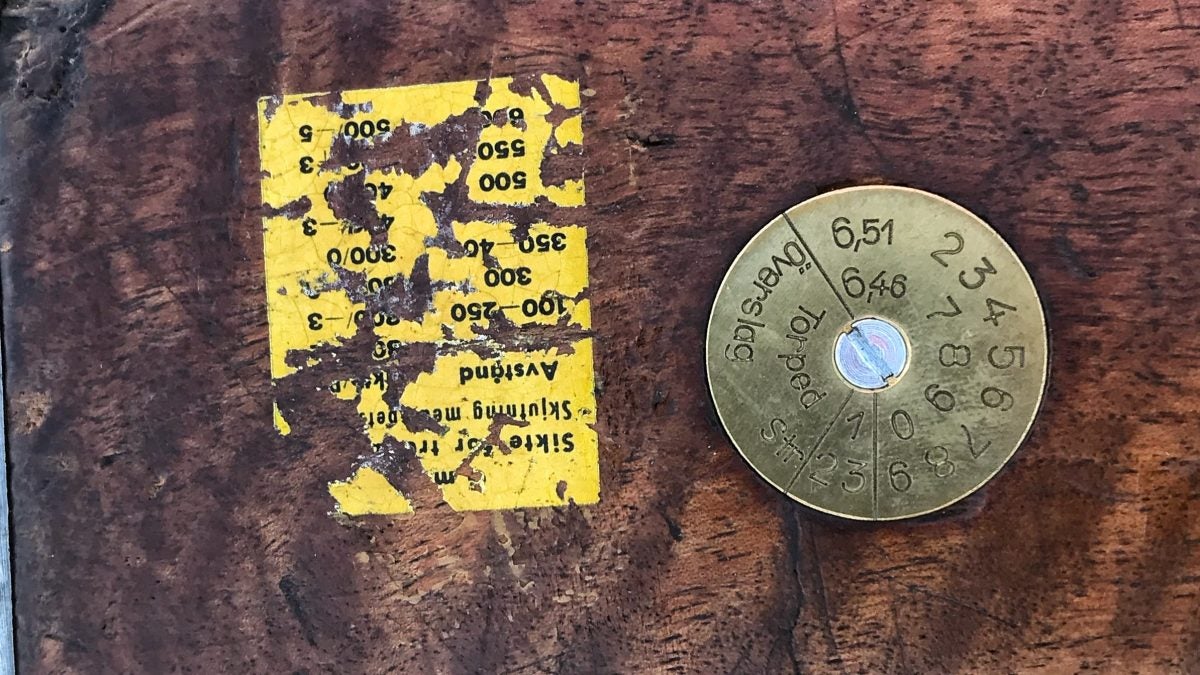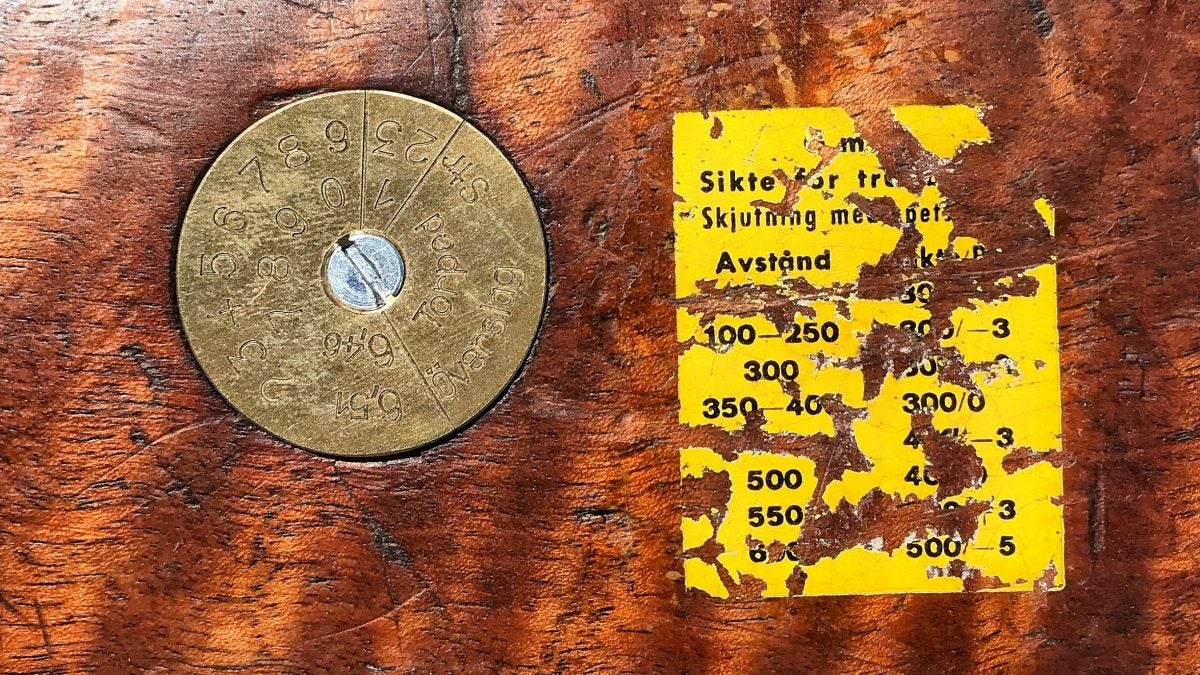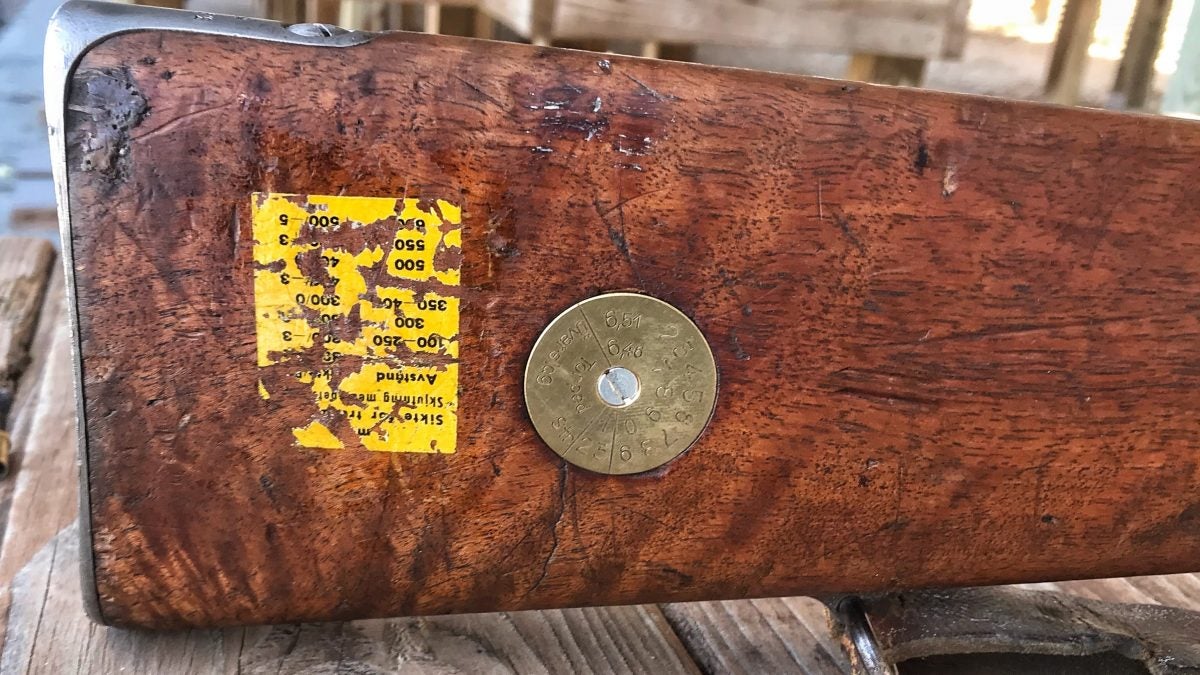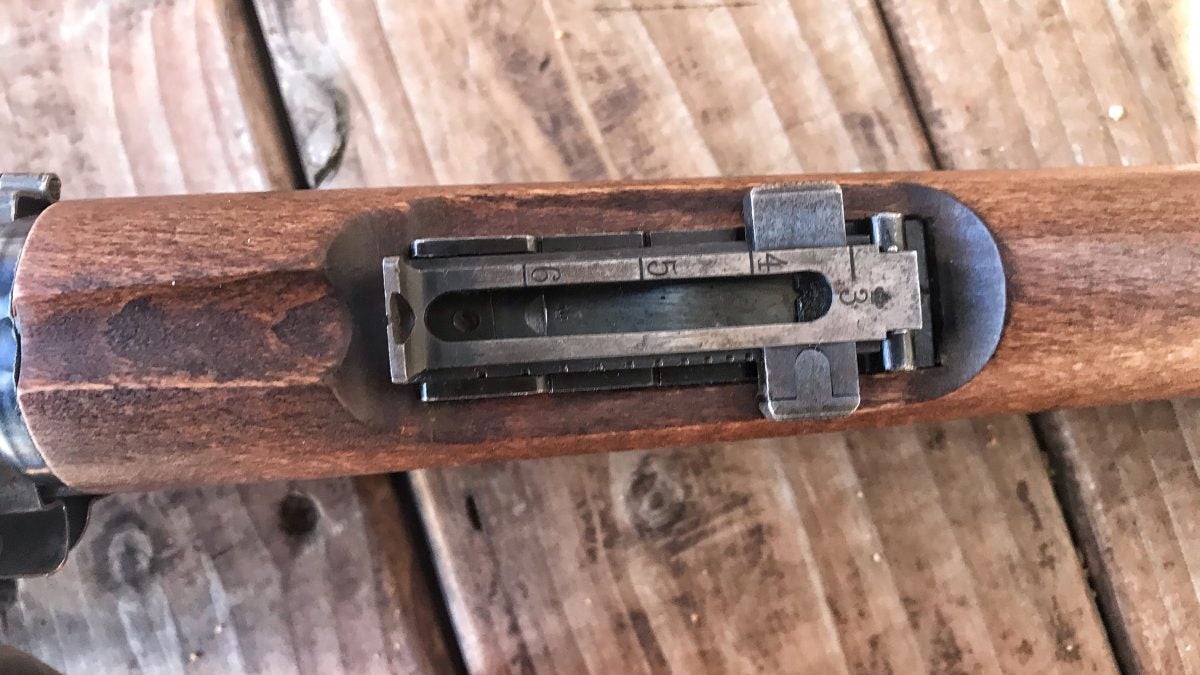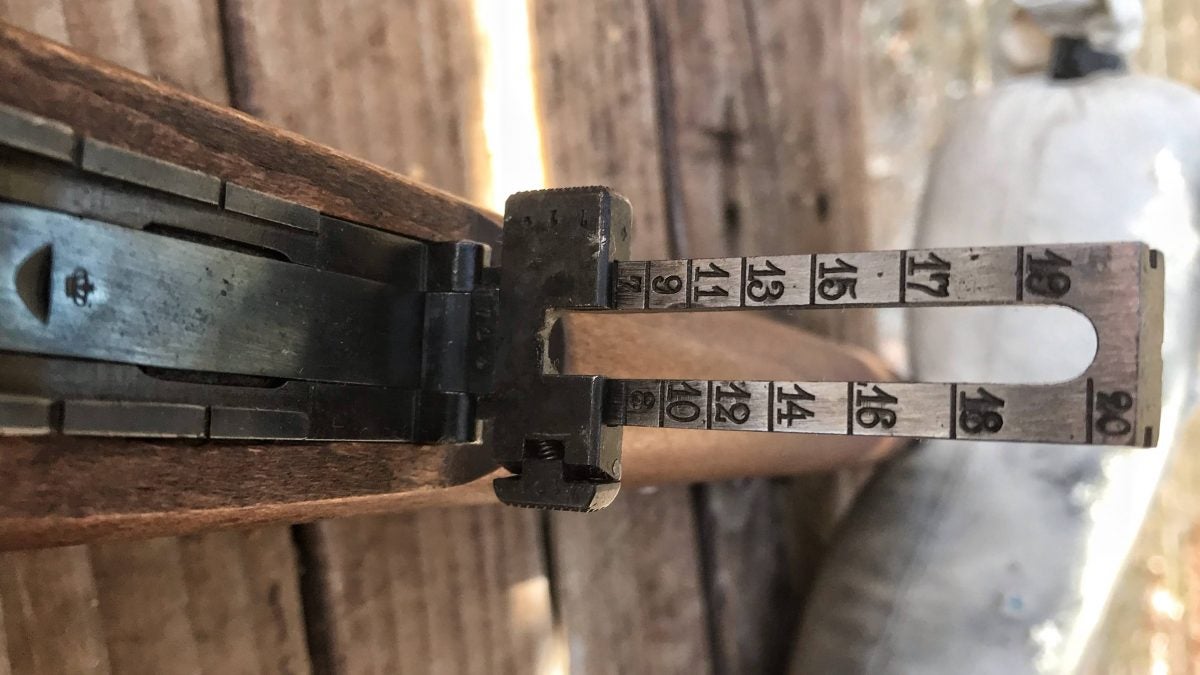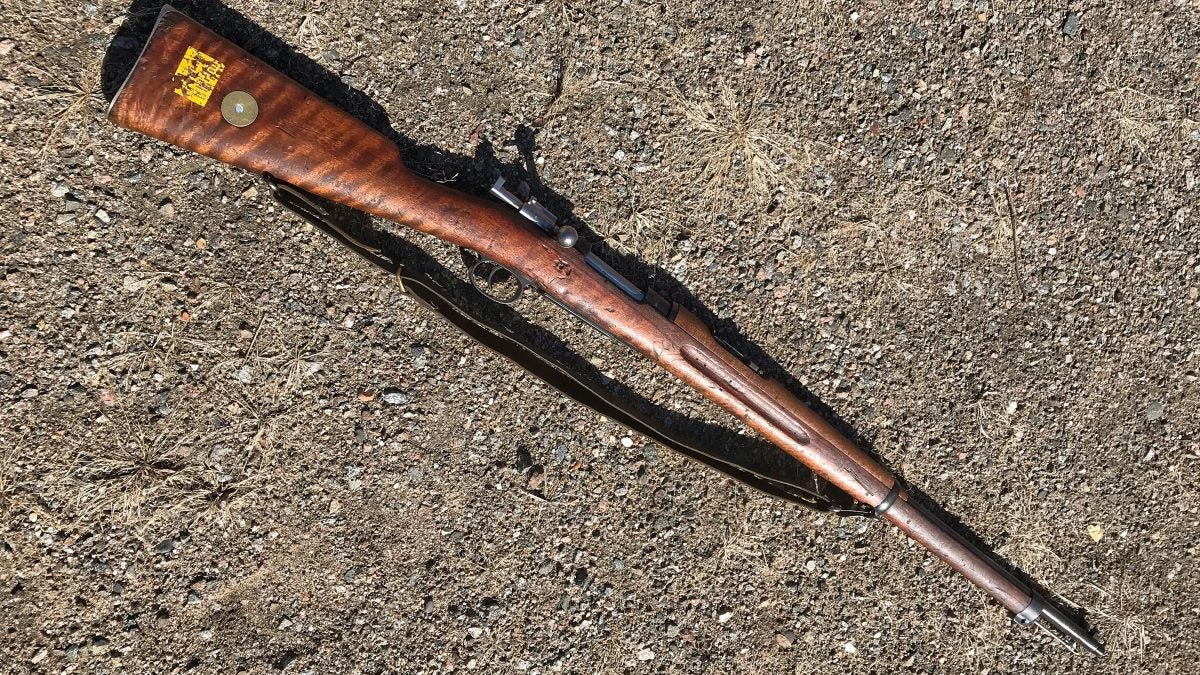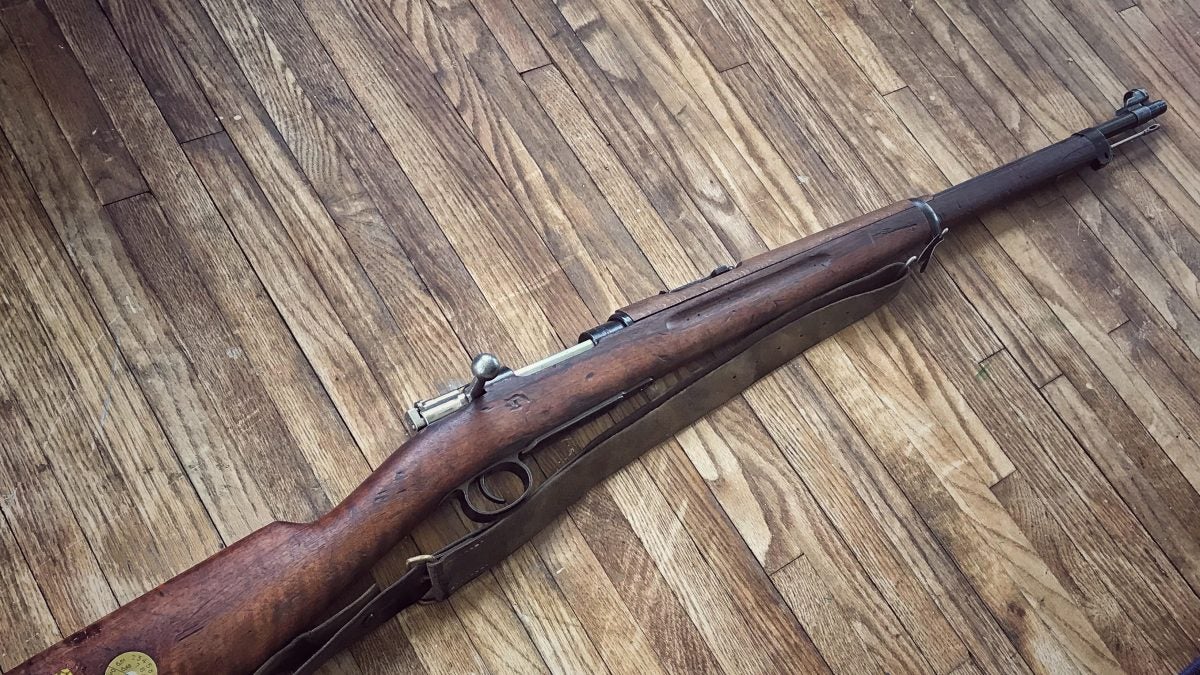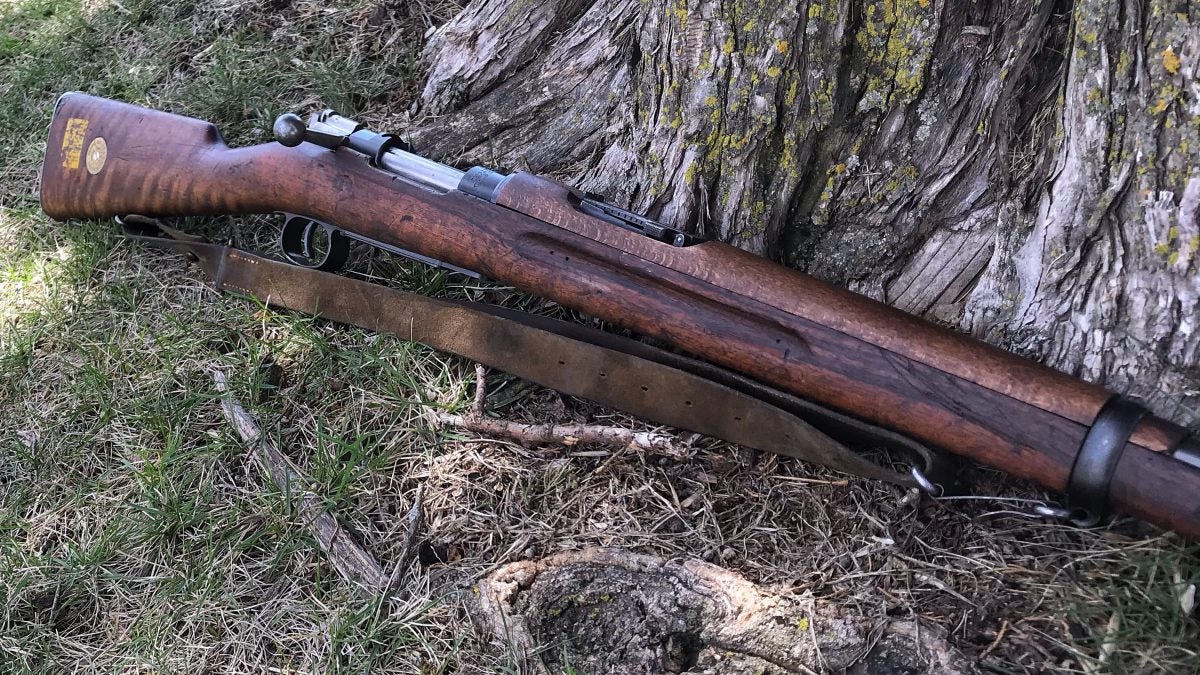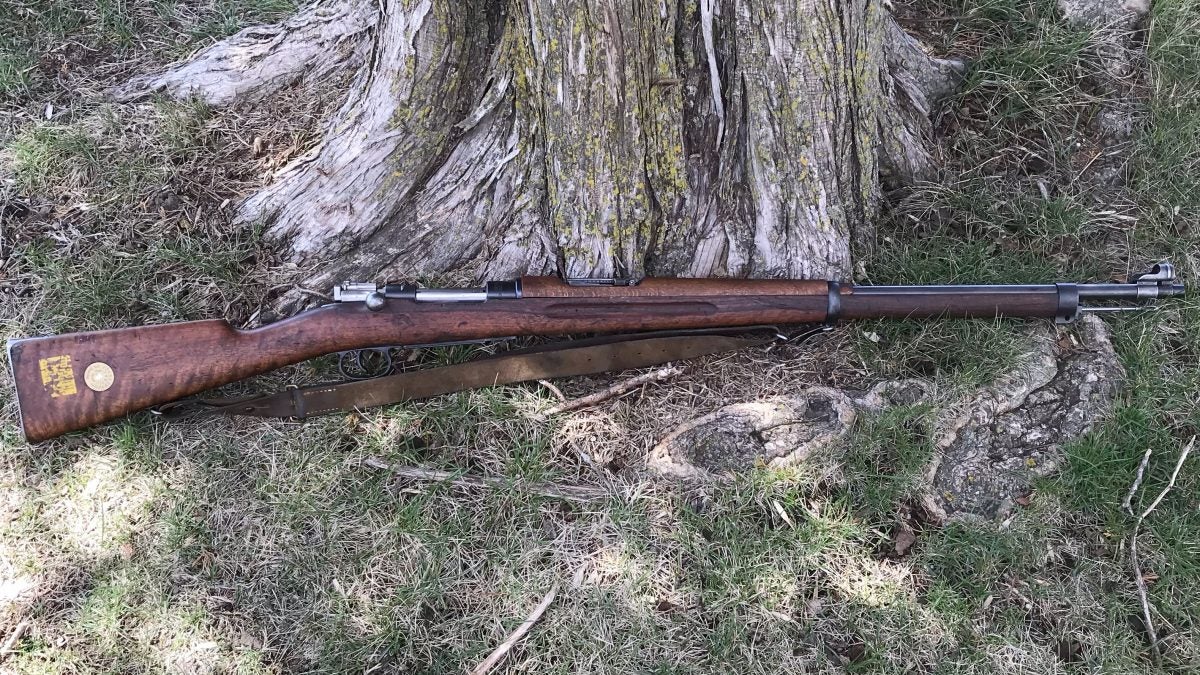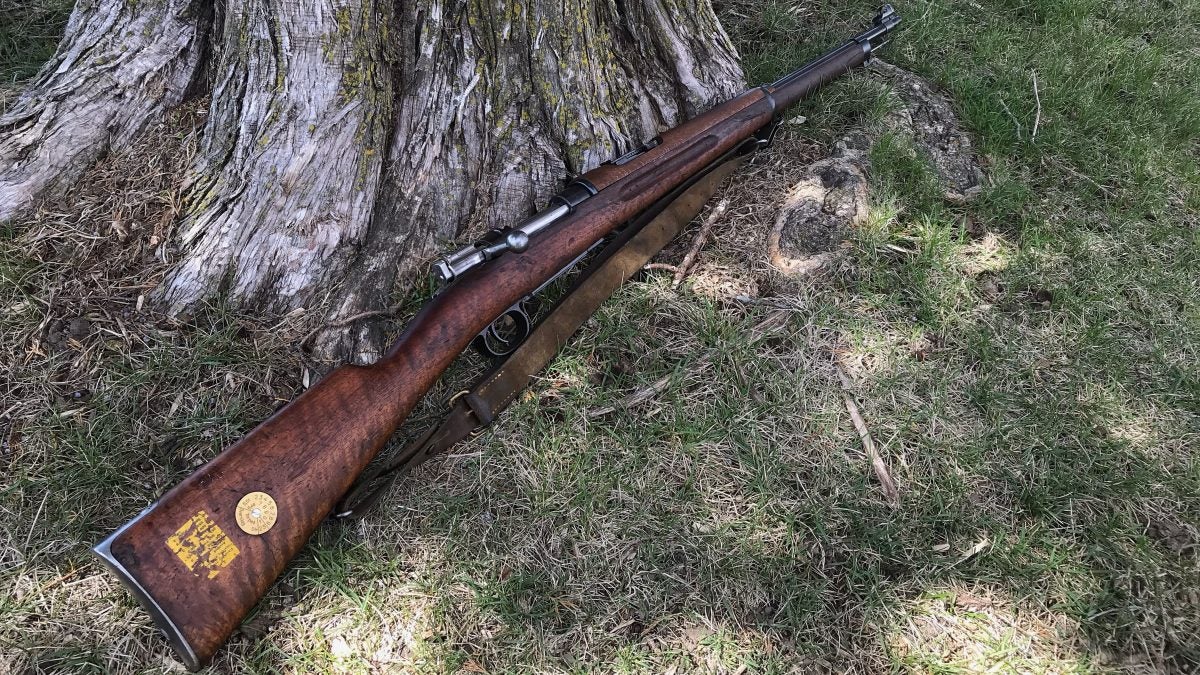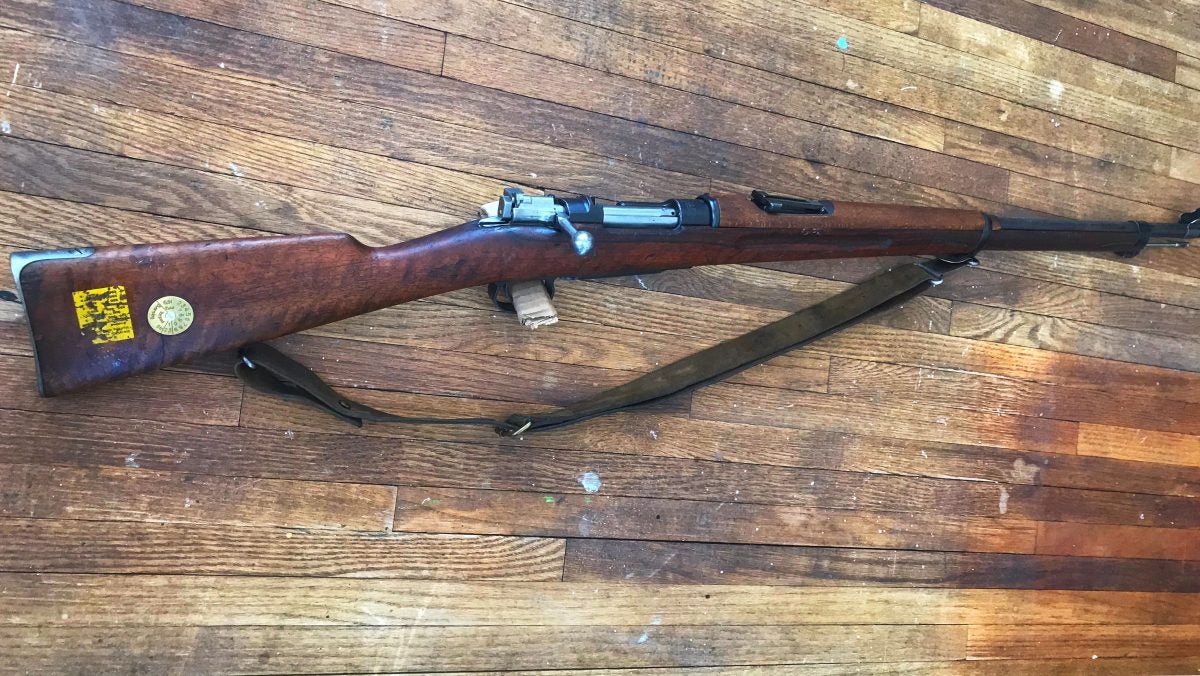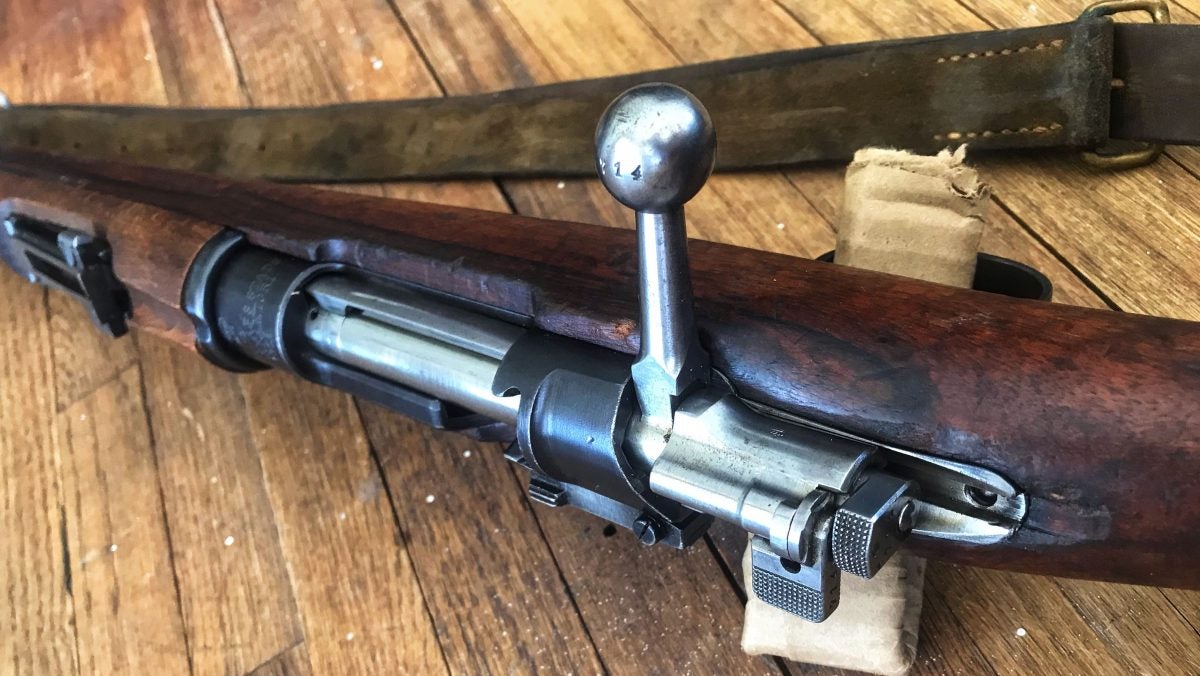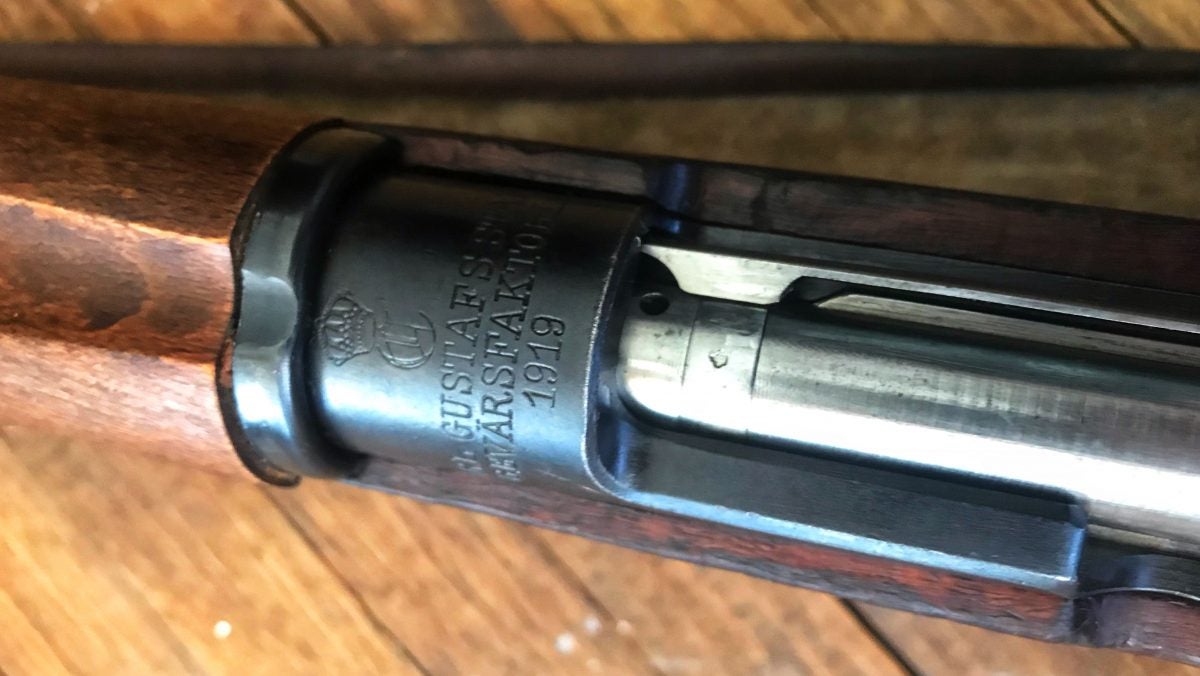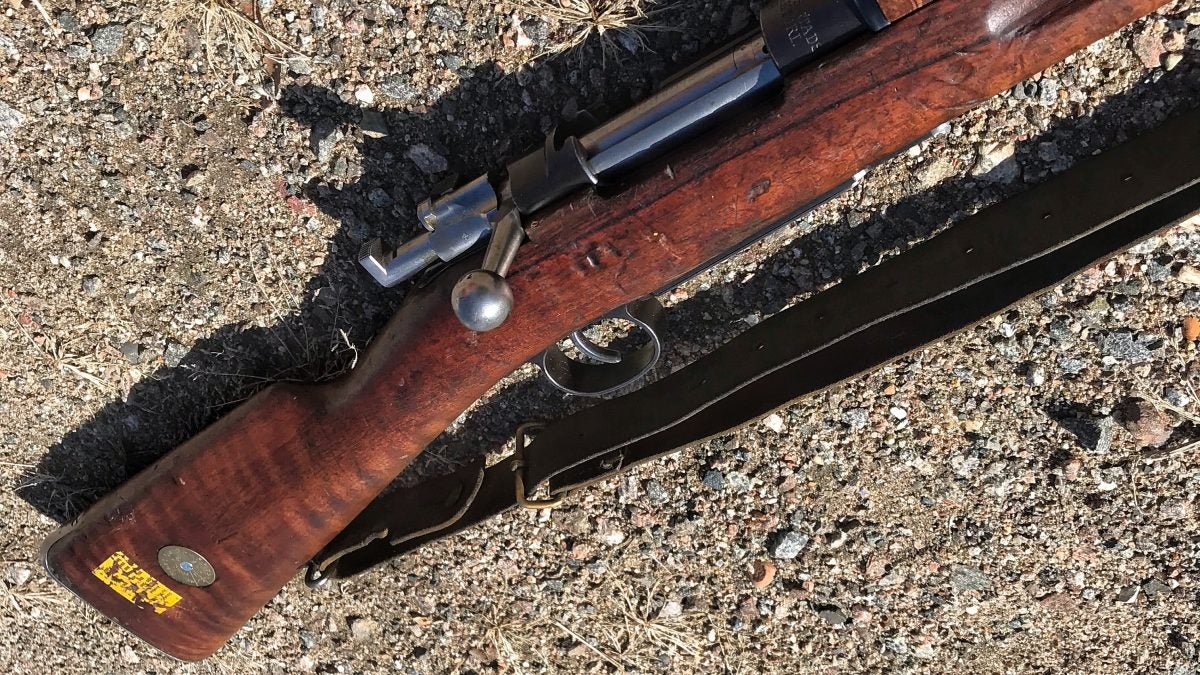Curious Relics #013: The Finest Mauser – M96 Swedish Mauser Part III
Sam.S 05.19.21
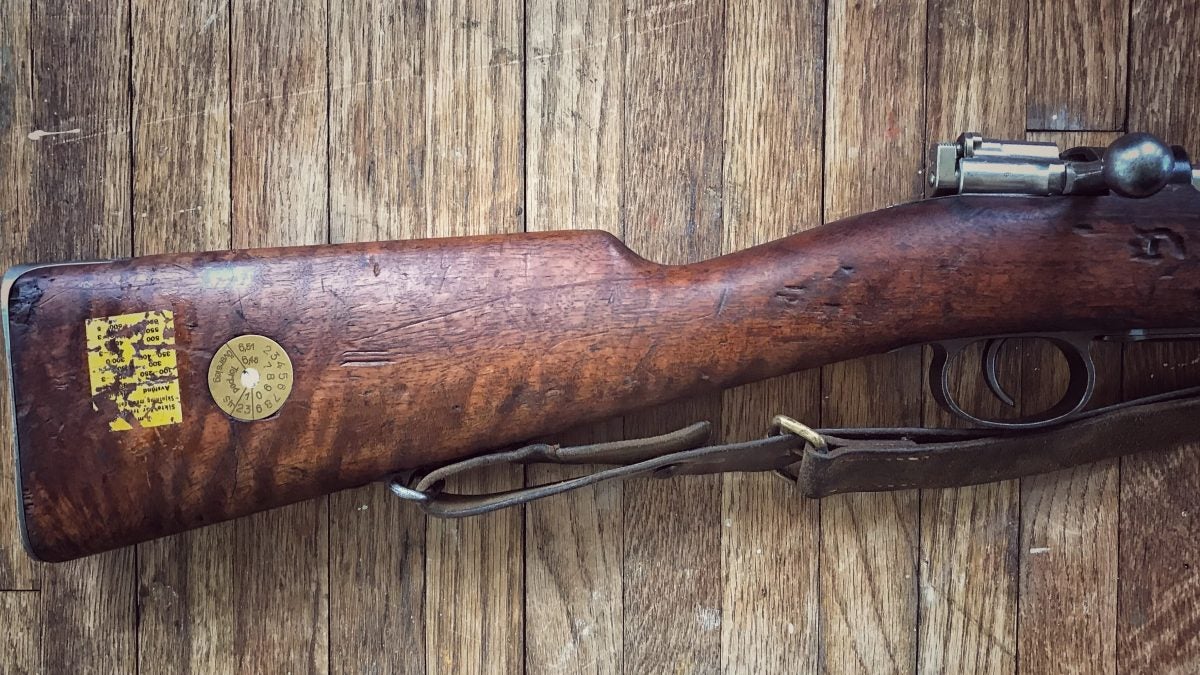
Welcome back to everyone who has been following along so far and also welcome if you are new to our Curious Relics bi-weekly segment here at AllOutdoor! The last time around I covered Part I and Part II of the M96 Swedish Mauser string of articles. So far we have covered the History, Variations, Specifications, Range Time, and Aftermarket Parts and Accessories. This time around I am excited to say that I worked really hard to dive deep for everyone out there and hopefully be of help on some M96 Swedish Mauser bits that tend to be confusing. Let’s dive right into the deep stuff!
Welcome to our recurring series of “Curious Relics.” Here, we want to share all of our experiences, knowledge, misadventures, and passion for older firearms that one might categorize as a Curio & Relic – any firearm that is at least 50 years old according to the ATF. Hopefully along the way you can garner a greater appreciation for older firearms like we do, and simultaneously you can teach us things as well through sharing your own expertise and thoughts in the Comments. Understanding the firearms of old, their importance, and their development which lead to many of the arms we now cherish today is incredibly fascinating and we hope you enjoy what we have to share, too!
Disc Deep Dive: M96 Swedish Mauser
The stock disc is always a point of conversation or curiosity to many who are not familiar with these old military rifles. The disc on my personal rifle is a reproduction one for looks since my stock did not come with one. In the M96 Swedish Mausers life, there are two types of discs (one newer than the other). I will just refer to the older one as Type 1 and the newer one as Type 2.
The first initial Type 1 disc was used when the 156-grain bullet was the standard. This disc was typically made of brass, but there are examples of zinc and aluminum out there also. The Type 1 discs would be secured to the inlet circle in the stock by two wood screws. These discs tend to look simpler than the Type 2 discs since they only include some form of unit/regimental marking, rack number, and branch of service. Branches of service were marked as follows:
- Artillery: “A”
- Infantry: “I”
- Reserves: “T”
- Navy: “K.FL”
That being said, if your Type 1 disc looked like my crude drawing below then it would mean that the rifle was an infantry rifle belonging to the 17th regiment and was rack number 360.
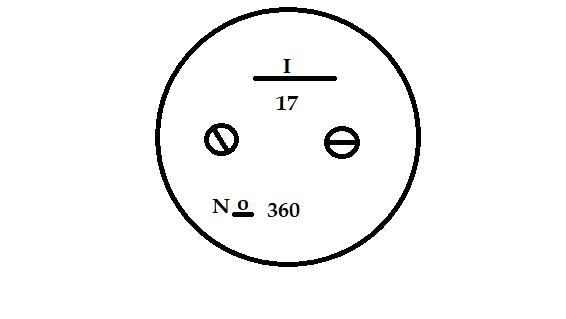
The Type 2 stock disc gets much more complicated looking with the introduction of the 139-grain Torped (spitzer) bullet. Luckily, my Mauser has this disc and I do not have to draw it. The Type 2 disc has two separate versions (I know it gets complicated so bear with me), but they are similar enough for me to generalize. Each is split into three parts: one is for bore and throat erosion measurements, another is the portion that reads “Torped/Överslag/Str” which would be noting the holdover for this specific rifle, and lastly, the smallest portion denoted the bore condition ranging 1 to 3 (1 being slight erosion and 3 being heavy erosion, but serviceable). A more in-depth examination of stock discs can be found here.
Range Chart Deep Dive: M96 Swedish Mauser
As seen above there is a yellow-looking sticker on the stock next to the disc. Not all Swedish Mausers were outfitted with these range charts, but my stock came with one, albeit a very damaged one. Range charts were a product of the switch to the new grain weight of 139 in a spitzer bullet. This was supposed to help the user determine the bullet’s ballistic path. These range charts were either metal plates or film decals (like mine) and would be placed upside down to make it easy for the user to look down and do their math. The decal table is labeled “Avständ” (Range) on one column and “Site/Rp” (Sight Setting) in the next one over. The user would first set his range, find it on the chart, and then see how to hold (in decimeters) or where they should expect impact.
End of Part III: M96 Swedish Mauser
I genuinely hope that the information compiled above is of help to anyone out there struggling to decipher their M96 Swedish Mauser or any Swedish Mauser variation. It is tough enough that these discs and decals/plates are in a different language. Now that the basics have effectively and tediously (you have no idea) been gone through I hope you have some room for suspense because my favorite Curious Relics article so far is the one right after this one! Stay tuned for the bang!
In closing, I hope our Curious Relics segment informed as well as entertained. This all was written in hopes of continued firearm appreciation and preservation. We did not just realize how guns were supposed to look and function. It was a long and tedious process that has shaped the world we live in. So, I put it to you! Is there a firearm out there that you feel does not get much notoriety? What should our next Curious Relics topic cover? As always, let us know all of your thoughts in the Comments below! We always appreciate your feedback.
